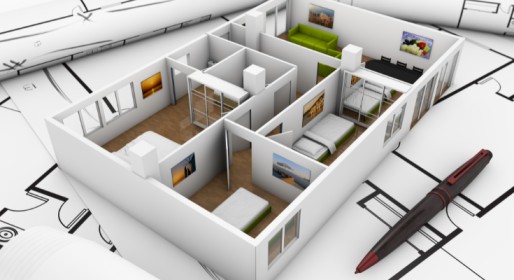
In the fast-evolving realm of interior design, staying abreast of the latest trends is paramount. As we dive into 2024, the landscape of 3D interior design continues to undergo significant transformations, influenced by technological advancements, shifting consumer preferences, and evolving design philosophies. This blog aims to dissect the cutting-edge trends shaping the industry this year, offering insights into emerging technologies, color palettes, materials, sustainability practices, and more.
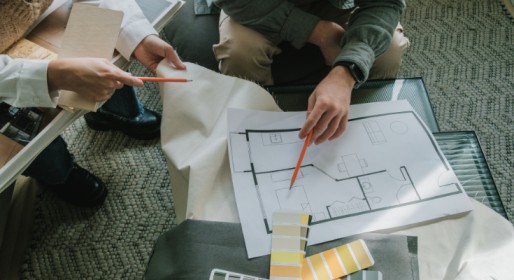
II. Understanding the Importance of Trends in 3D Interior Design
The dynamism of trends in 3D interior design underscores their pivotal role for designers, businesses, and homeowners alike. Trends not only reflect current design preferences but also serve as barometers of societal shifts and technological progress. By staying attuned to trends, designers can anticipate market demands, align their creative visions with consumer expectations, and deliver spaces that resonate with contemporary sensibilities.

III. Emerging Technologies
In 2024, the arsenal of tools available to 3D interior designers is expanding rapidly. Cutting-edge technologies such as advanced software platforms, revolutionary rendering techniques, and immersive virtual reality applications are revolutionizing the design process. These innovations empower designers to conceptualize, visualize, and refine their creations with unprecedented precision and realism, enhancing client interactions and streamlining project workflows.
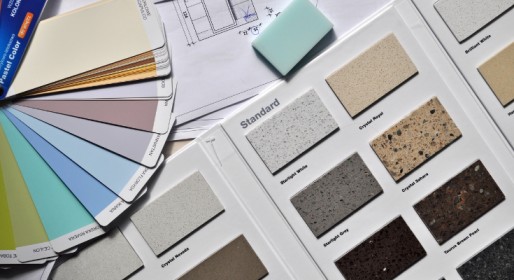
IV. Color Trends
Color serves as a potent medium through which designers imbue spaces with emotion, character, and identity. In 2024, the color scheme prevalent in 3D interior design embodies a balanced fusion of timeless shades and daring, innovative tones. From Pantone’s Color of the Year to emerging color combinations inspired by nature, fashion, and art, designers are leveraging color to evoke specific moods, enrich atmospheres, and elevate visual appeal within interior spaces.
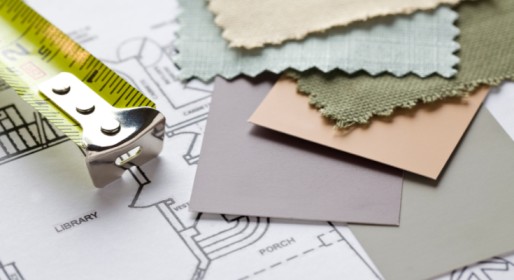
V. Materials and Textures
Materials and textures play a pivotal role in shaping the tactile and visual experience of interior environments. In 2024, designers are embracing a diverse array of materials, from sustainable options to avant-garde textures, to infuse spaces with authenticity and allure. By judiciously selecting materials that resonate with the ethos of a project, designers can create immersive environments that captivate the senses and evoke emotional responses from occupants.

VI. Design Styles and Influences
The design landscape of 2024 is characterized by a rich tapestry of styles and influences, each reflecting diverse cultural, environmental, and societal contexts. From the timeless elegance of contemporary design to the audacious eclecticism of maximalism, designers are exploring an eclectic array of design philosophies to craft spaces that resonate with clients’ aspirations and identities. By drawing inspiration from global trends and local traditions, designers can orchestrate narratives that transcend boundaries and spark meaningful connections with occupants.

VII. Sustainable Design Practices
In an era defined by environmental consciousness and resource scarcity, sustainability has emerged as a guiding principle in 3D interior design. In an effort to reduce environmental effect while enhancing visual appeal, designers are incorporating eco-friendly materials, energy-efficient technologies, and sustainable design concepts into their designs on a growing basis. By embracing sustainability as a cornerstone of design practice, designers can create spaces that not only endure the test of time but also contribute to the well-being of the planet and its inhabitants.
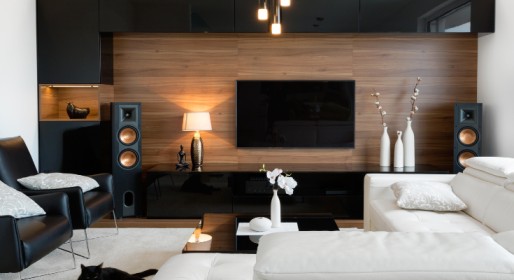
VIII. Case Studies and Examples
Case studies and real-world examples provide priceless insights into how 3D interior design trends are actually applied in the real world. By examining successful projects, innovative design solutions, and notable trends across different contexts, designers can glean inspiration, identify best practices, and refine their craft. From residential renovations to commercial ventures, each case study illuminates the transformative power of design to shape experiences, foster connections, and enrich lives.
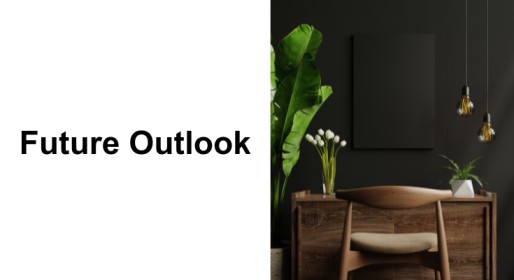
IX. Future Outlook
As we gaze into the future of 3D interior design beyond 2024, a landscape of boundless possibilities unfolds. The definition of design practice is about to change due to emerging trends, technologies, and paradigm shifts, which will force designers to push the limits of sustainability, innovation, and creativity. By embracing change, embracing change, and embracing change, designers can harness the transformative power of design to create spaces that inspire, delight, and endure for generations to come.
X. Conclusion
In conclusion, In 2024, the field of 3D interior design will be a dynamic mosaic of possibilities, inventiveness, and ingenuity. Designers can pave the way for a day when design crosses boundaries, improves lives, and changes the world by adopting the newest trends, utilizing emerging technology, and adhering to sustainability principles. Let us be led by the spirit of inquiry, resiliency, and teamwork as we set out on this path of exploration and discovery and work to create a world where meaning, beauty, and functionality coexist in harmony.
Frequently Asked Questions (FAQ) About 3D Interior Design Trends in 2024
Q1: What makes staying updated with 3D interior design trends important in 2024?
A1: Staying updated with trends allows designers, businesses, and homeowners to align their projects with current consumer preferences, market demands, and design aesthetics. It ensures that their designs remain relevant, innovative, and reflective of contemporary sensibilities.
Q2: How do trends influence consumer preferences and market demands in 3D interior design?
A2: Trends reflect evolving societal, cultural, and technological dynamics, which in turn shape consumer tastes and preferences. By embracing current trends, designers can anticipate market demands, cater to diverse audiences, and deliver spaces that resonate with clients’ aspirations and lifestyles.
Q3: What are some examples of emerging technologies in 3D interior design for 2024?
A3: Examples of emerging technologies include advanced software platforms, cutting-edge rendering techniques, and immersive virtual reality applications. These technologies empower designers to visualize, iterate, and communicate their designs with unprecedented precision and realism, enhancing client interactions and project workflows.
Q4: How do color trends influence mood, atmosphere, and visual appeal in interior spaces?
A4: Color trends play a pivotal role in shaping the emotional, psychological, and aesthetic dimensions of interior spaces. By selecting appropriate color palettes, designers can evoke specific moods, create immersive atmospheres, and enhance visual appeal within environments, enriching the overall experience for occupants.
Q5: What are some sustainable design practices being embraced in 3D interior design for 2024?
A5: Sustainable design practices include the use of eco-friendly materials, adoption of energy-efficient technologies, and integration of sustainable design principles. Designers are increasingly prioritizing sustainability to minimize environmental impact, enhance occupant well-being, and create spaces that endure the test of time.
Q6: How can designers integrate sustainability into their projects while maintaining aesthetic appeal?
A6: Designers can integrate sustainability into their projects by selecting materials with low environmental impact, optimizing energy usage through efficient design strategies, and incorporating sustainable design principles such as passive solar design and natural ventilation. From the beginning, designers can create places that are both ecologically conscious and artistically appealing by putting sustainability first.
Q7: What role do case studies and examples play in understanding 3D interior design trends?
A7: Case studies and examples offer tangible insights into the application of 3D interior design trends in practice. By examining successful projects, innovative design solutions, and notable trends across different contexts, designers can gain inspiration, identify best practices, and refine their craft, ultimately enhancing their ability to create impactful and meaningful spaces.
Q8: What does the future hold for 3D interior design beyond 2024?
A8: The future of 3D interior design is characterized by boundless possibilities, driven by emerging trends, technologies, and paradigm shifts. Designers can expect continued innovation, disruption, and transformation in the way spaces are conceptualized, visualized, and experienced, challenging them to embrace change, push boundaries, and redefine the contours of design practice in the years to come.

